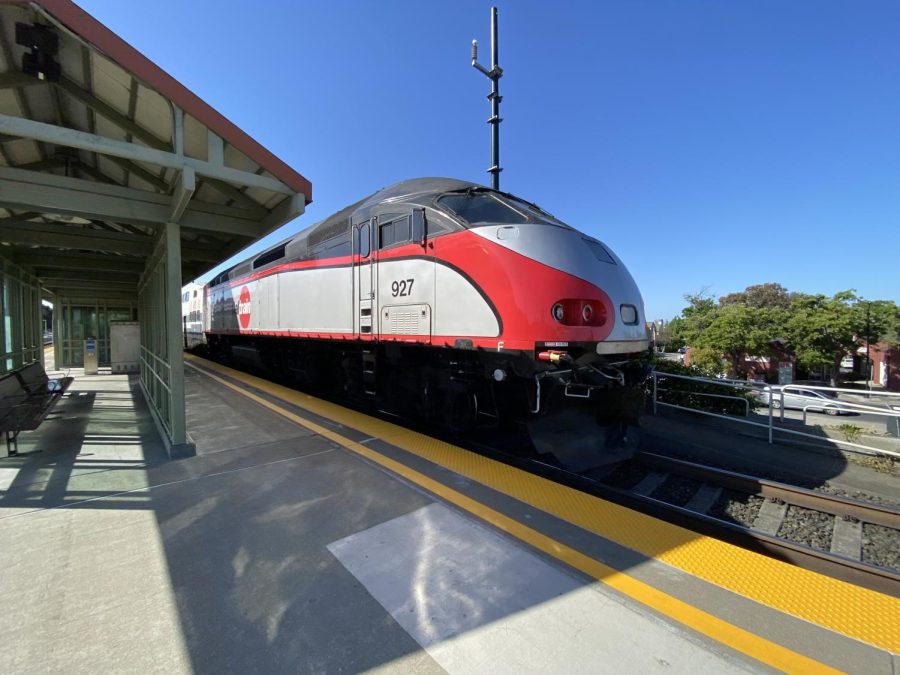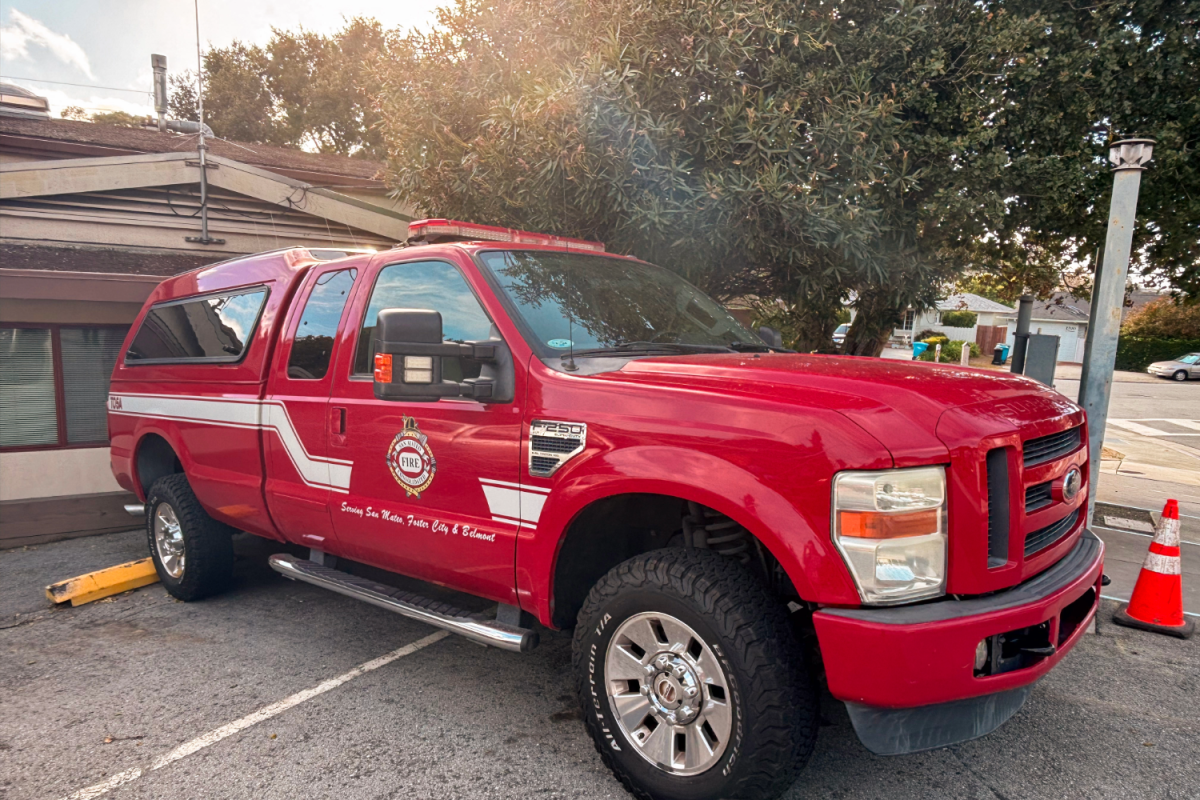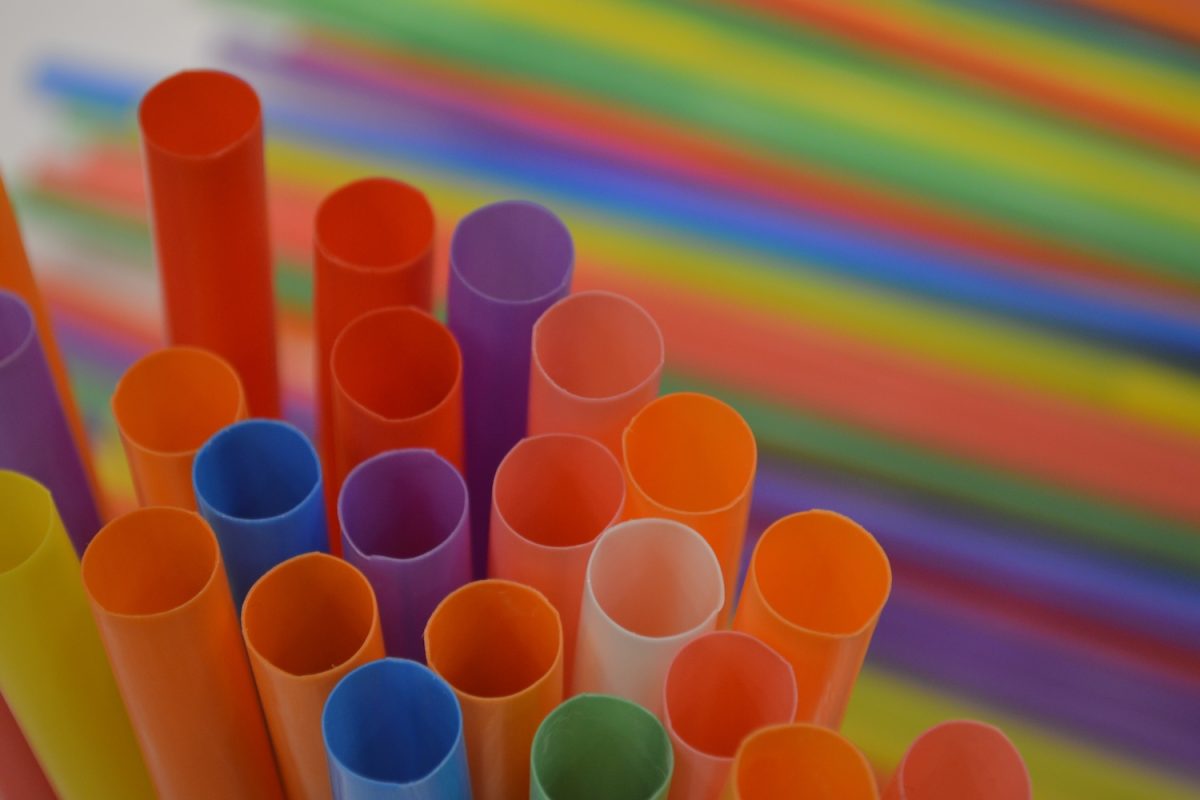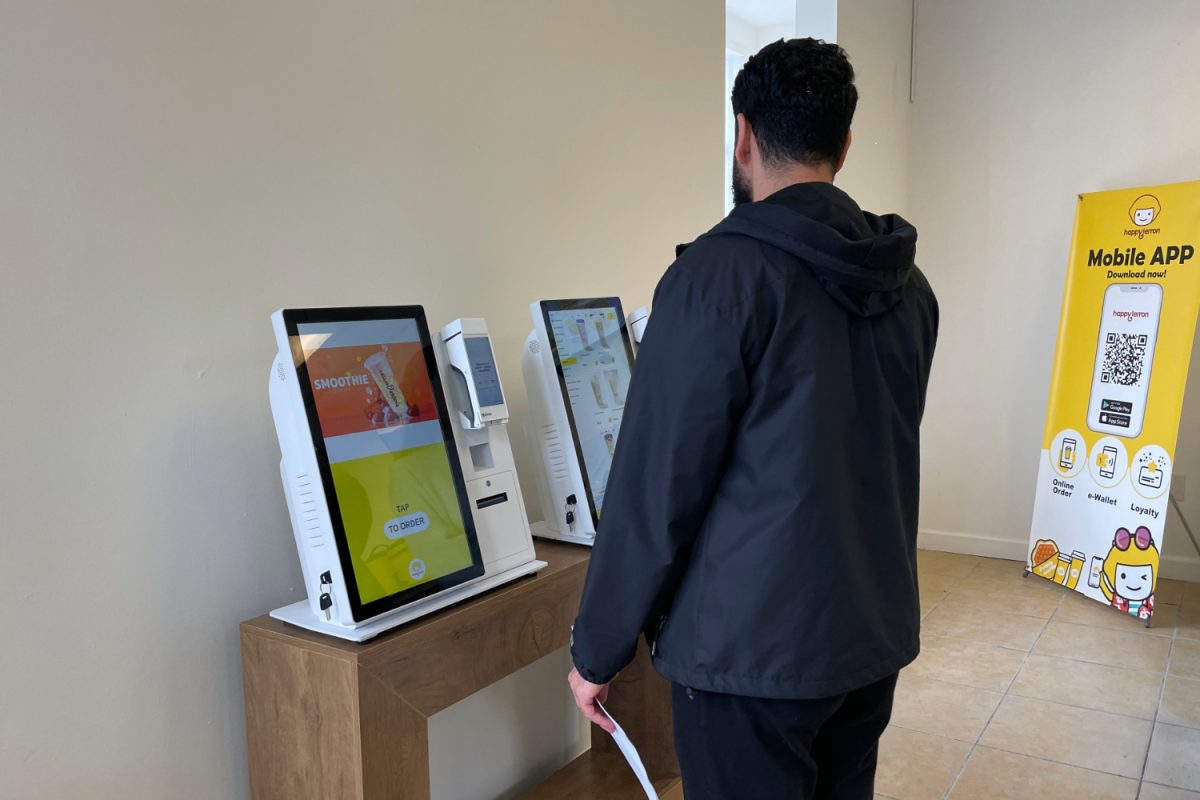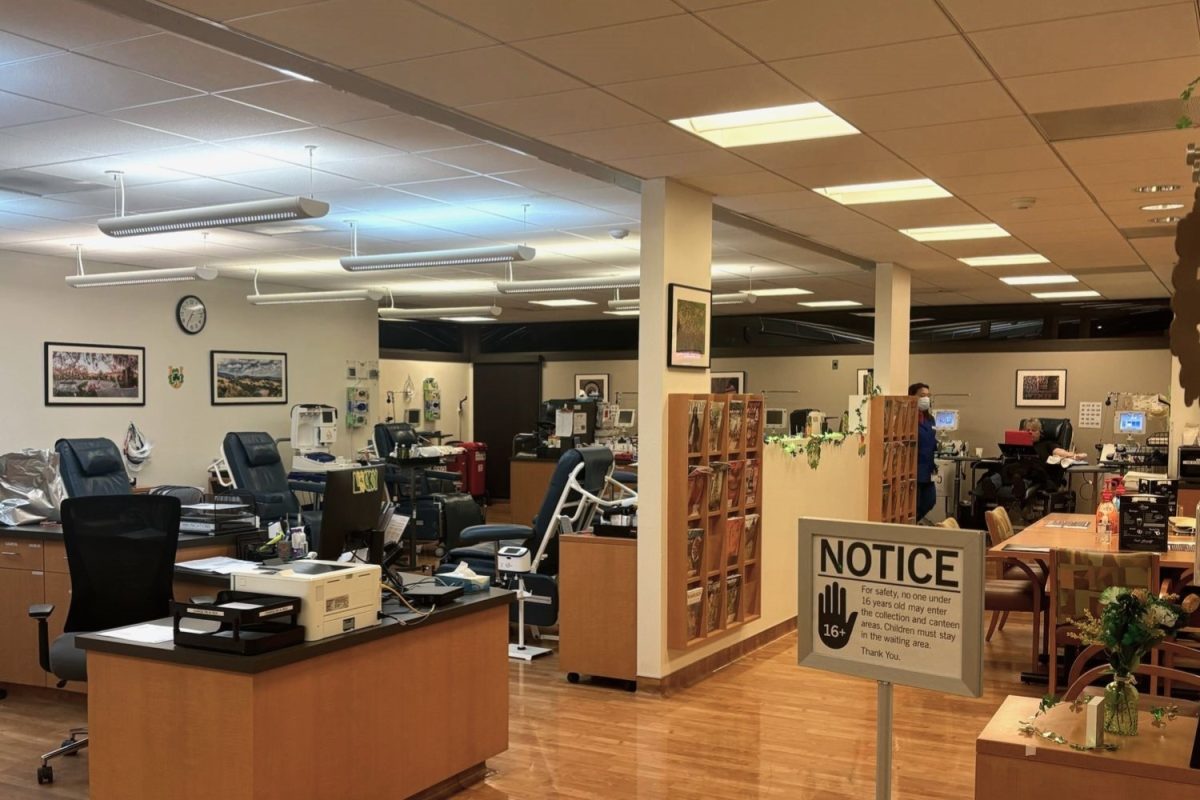California became the first state in the nation to adopt a strict regulation aimed at reducing greenhouse gas emissions from trains on April 27 as part of efforts to position itself as a leading global figure in the fight against climate change.
The new rule will prohibit locomotive engines over 23 years old by 2030. The use of zero-emissions technology will be promoted to transport freight in ports and throughout railyards. Additionally, if equipped with an automatic shutoff, locomotives in California will be prohibited from idling for longer than 30 minutes.
“Meeting all of California’s public health air quality and climate goals requires significant emissions reductions beyond those achieved by our current programs. So we know we need to do more,” said Liane M. Randolph, the chair of the California Air Resources Board
According to Randolph, the standards would also reduce chemicals that contribute to smog. They could improve air quality near railyards and ports and improve living conditions for residents living in those areas.
“Community residents living near facilities where locomotives operate are disproportionately exposed to emissions from diesel-powered locomotives…Over 60% of all California rail yards are in areas that have been designated as disadvantaged communities,” Randolph said.
But some say it’s too soon for the locomotive standards. According to the Association of American Railroads, the path to zero emissions locomotives is not entirely clear. Mandating that result disregards the complex nature of railroad operations and the reality of where zero-emission locomotive technology and the supporting infrastructure stand.
“The proposed regulation rests on assumptions about the market availability of and technology readiness of zero-emission locomotives in the United States that are not sound…It has not been introduced and demonstrated or introduced into passenger service in the United States,” said Eddy Cumins, the Sonoma-Marin Area Rail Transit general manager.
Locomotives run on diesel, a more powerful fuel than gasoline, producing greenhouse gases and pollution that is harmful to nearby residents.
To address this, a new rule aims to reduce emissions from a specific engine type. These engines release over 640 tons of tiny pollutants that can penetrate deep into the lungs, exacerbating asthma and emitting nearly 30,000 tons of nitrogen oxides, which contribute to smog formation.
“The cleanest locomotive engine standard today is tier four. However, over half of the locomotives operating in California still emit approximately 80% more pollution than a tier four locomotive,” said Steve Cliff, executive officer of the California Air Resources Board.
For activists and residents who’ve lived in areas affected by heavy rail pollution, the fight for cleaner trains is decades in the making.
“It is critical that all vehicles and equipment moving through freight transition to zero-emission operation to protect the health of all Californians,” Randolph said.

